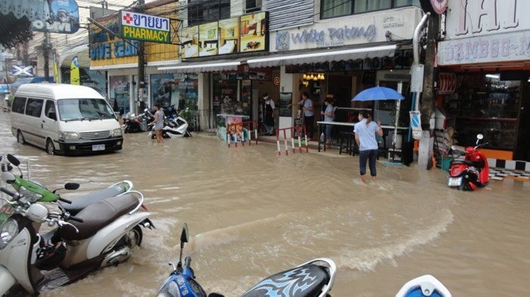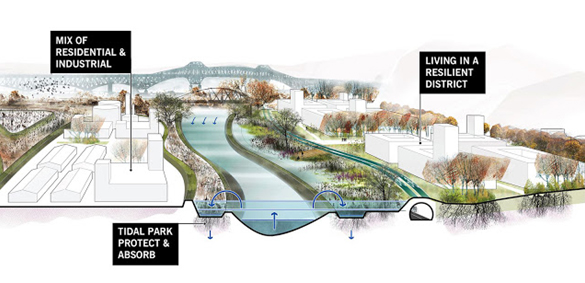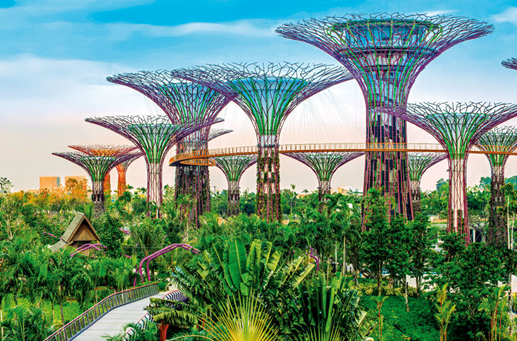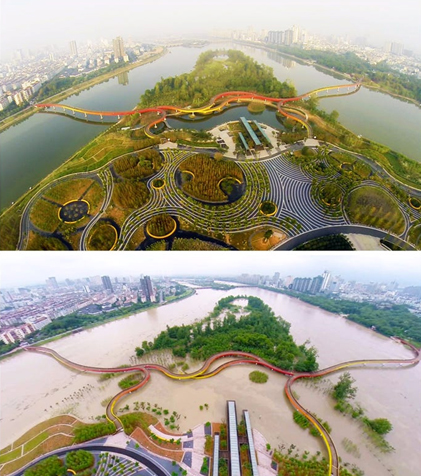Rainy and monsoon seasons, as well as rising sea levels and deforestation, cause major flood problems and the death of many people in several cities. These cities have been implementing regulatory drainage systems, but they have come to the realization that these systems are not serving their purpose, which is why governments are starting to resort to green infrastructure.

According to the United States Environmental Protection Agency, green infrastructure is a cost-effective and resilient approach of managing the impacts of humid weather, and provides many benefits to the community. While gray drainage systems seek to expel the water generated in the rainy seasons outside of the city, green infrastructure takes advantage of these phenomena by perceiving the precipitation as a water source, and processing it in a natural way through the utilization of vegetation and soil. In this way, a poorly polluted water source is generated, in comparison to the one expelled by traditional drainage systems.

Countries like Singapore and Indonesia are constantly flooding due to the occurring rains. Singapore is known as the “City in a garden”, due to its amount of parks, green roofs, trees and plants. This does not only meet an aesthetic purpose, but rather seeks to mitigate the risk of flooding.

The main idea of green infrastructure is to create green spaces that allow for the accumulation of water, and thus its reutilization in several parts of the cities. This accumulation usually occurs in parks, which contribute to the aesthetics of these places. In China, they are building “sponge cities” which consist of infrastructure and drainage systems that permit a proper storage of precipitation water, and is later used in different city projects. These “sponge cities” seek to be spaces that replace the lakes, rivers and wetlands, destroyed by human activities.

The use of green urban infrastructure has not only turned out to be a good idea in terms of its role in reducing floods, but it has managed to reduce costs in cities. This is explained by the fact that it generates a new water supply system that satisfies many of the city’s needs at a reduced cost.
References
https://www.epa.gov/green-infrastructure/what-green-infrastructure
https://www.paisajetransversal.org/2018/03/infraestructura-verde-y-urbanismo.html
https://www.businessinsider.com/china-is-building-sponge-cities-that-absorb-water-2017-11
https://viajeronomada.com/la-temporada-de-lluvias-en-phuket/
▪ ▪ ▪
Related content:
Indonesia: A New Approach to Urban Flood ResilienceUrban floods are growing threats to Indonesia’s development progress. The government of Indonesia and the World Bank have partnered to develop a national flood resilience program, supporting cities to invest in innovative approaches to flood management. |

